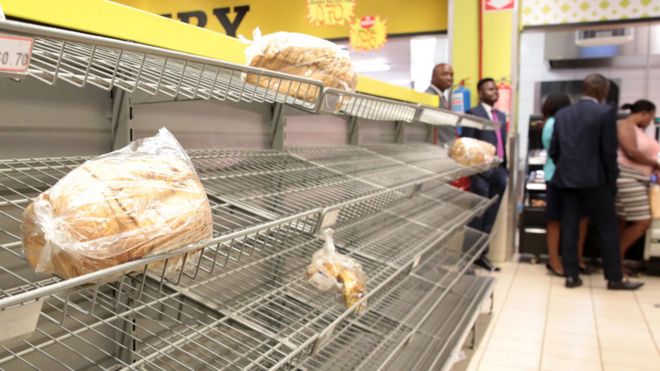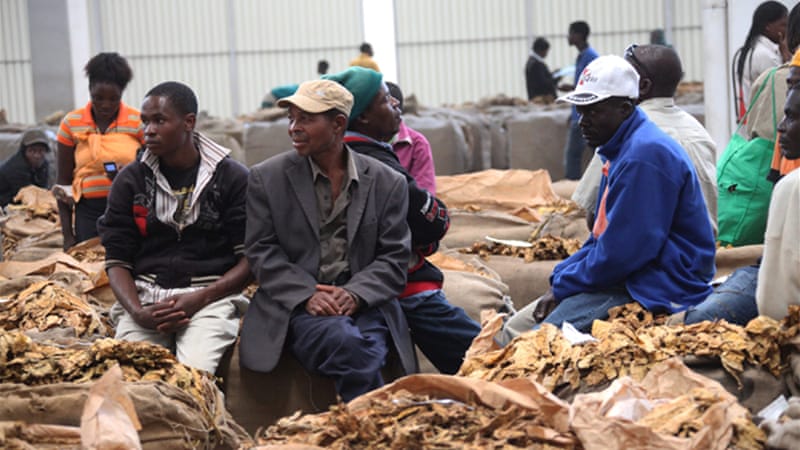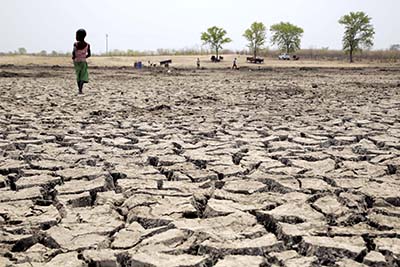
The number of people facing hunger in Zimbabwe has drastically surged because of drought and economic shocks including rising food prices and a shortage of cash.
This is expected to get worse.
The country could run out of bread in a week after flour stocks dwindled due to the country’s failure to pay for imported wheat, according to a confidential letter written to bakers by the country’s grain millers’ group on Monday.

The scale of the crisis is immense and the economic situation continues to worsen, with the food shortages, high fuel prices, and a currency shortage exacerbating an already tense social crisis.
With worse likely to come, the 150% fuel price hike that sparked mass public unrest across Zimbabwe last month sent the cost of living skyrocketing: the price of bread nearly doubled in a week.
Combined with poor harvests, political unrest, eroded salaries, and an ongoing currency crisis, the rising costs mean that the ability of many Zimbabweans to grow or afford a basic meal is under threat.

More than two million people are predicted to need humanitarian food assistance this year, despite government claims to the contrary.
Crop harvests in many parts of the country have been written off due to poor rains and erratic weather patterns.
Zimbabwe has experienced intermittent food shortages since the government began an often violent land-reform program in 2000 that resulted in the seizure of mostly white-owned commercial farms.

The situation has been exacerbated by droughts that resulted in the country becoming a net importer of soy, which is mostly used as animal feed, and often corn.
The proportion of people facing food insecurity increased to 52% of the population in the capital, Harare, compared with 46% projected last year; the ratio is 33% in the second-biggest city of Bulawayo, compared with 28% previously.
Zimbabweans with ready funds are now shopping in neighboring Botswana and South Africa, where prices are considered cheap. But this means increased travel costs and the inconvenience of long two-way journeys.